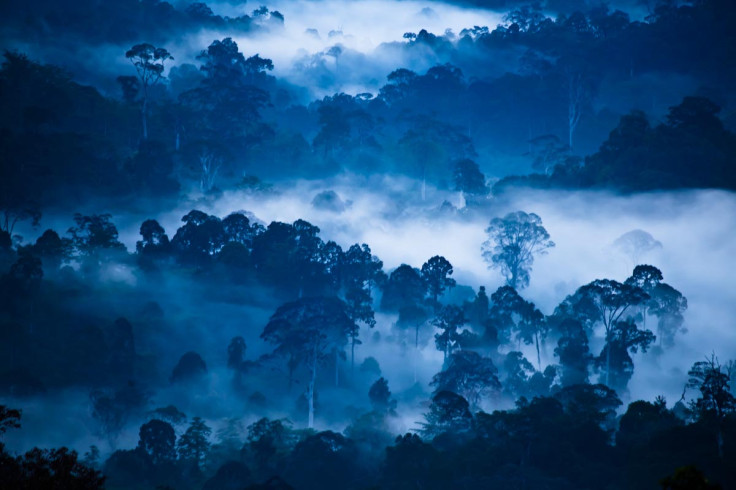A tenth of world's wilderness has been lost since 1990s
The area lost amounts are equivalent to half the size of the Amazon rainforest.

The Earth has experienced catastrophic declines in wilderness areas over the past 20 years, with losses amounting to an area equivalent to half the size of the Amazon Rainforest, according to the conclusions of a new study published in the journal Current Biology. This means a tenth of the world's wilderness has been lost since the 1990s.
The authors of the research highlight the immediate need for international policies to recognise the value of wilderness areas and to address the threats they face, especially in the Amazon region and Central Africa, two of the hardest hit areas.
"Globally important wilderness areas – despite being strongholds for endangered biodiversity, for buffering and regulating local climates, and for supporting many of the world's most politically and economically marginalised communities – are completely ignored in environmental policy," said Dr James Watson of the University of Queensland and the Wildlife Conservation Society.
"Without any policies to protect these areas, they are falling victim to widespread development. We probably have one to two decades to turn this around. International policy mechanisms must recognise the actions needed to maintain wilderness areas before it is too late."
Watson argues that the loss of animal species garners a fair amount of policy protection, but comparatively little is known about large-scale losses of entire ecosystems, especially wilderness areas, which tend to be relatively understudied. To try and address this lack of knowledge, the researchers mapped where all these regions were around the world, with 'wilderness' defined as a biologically and ecologically intact landscape free of any significant human disturbance. They then compared this map to one produced in the 1990s using similar methods.
The comparison showed that currently around 20% of the world's land area – roughly 18.5 million square miles – is comprised of wilderness, with the majority located in North Asia, North Africa, North America, and Australia. However, when compared with the older map, it was revealed that around 2 million square miles – nearly 10% – of wilderness area had been lost, with South America and Africa experiencing the heaviest losses – 30% and 14% respectively.
"The amount of wilderness loss in just two decades is staggering", said Dr Oscar Venter of the University of Northern British Colombia. "We need to recognise that wilderness areas, which we've foolishly considered to be de facto protected due to their remoteness, is actually being dramatically lost around the world. Without proactive global interventions we could lose the last jewels in nature's crown. You cannot restore wilderness, once it is gone, and the ecological process that underpin these ecosystems are gone, and it never comes back to the state it was. The only option is to proactively protect what is left".
Watson points out that the UN and other international bodies have ignored globally significant wilderness areas in important multilateral environmental agreements, saying this has to change.
"If we don't act soon, there will only be tiny remnants of wilderness around the planet, and this is a disaster for conservation, for climate change, and for some of the most vulnerable human communities on the planet," Watson says. "We have a duty to act for our children and their children."
© Copyright IBTimes 2025. All rights reserved.





















